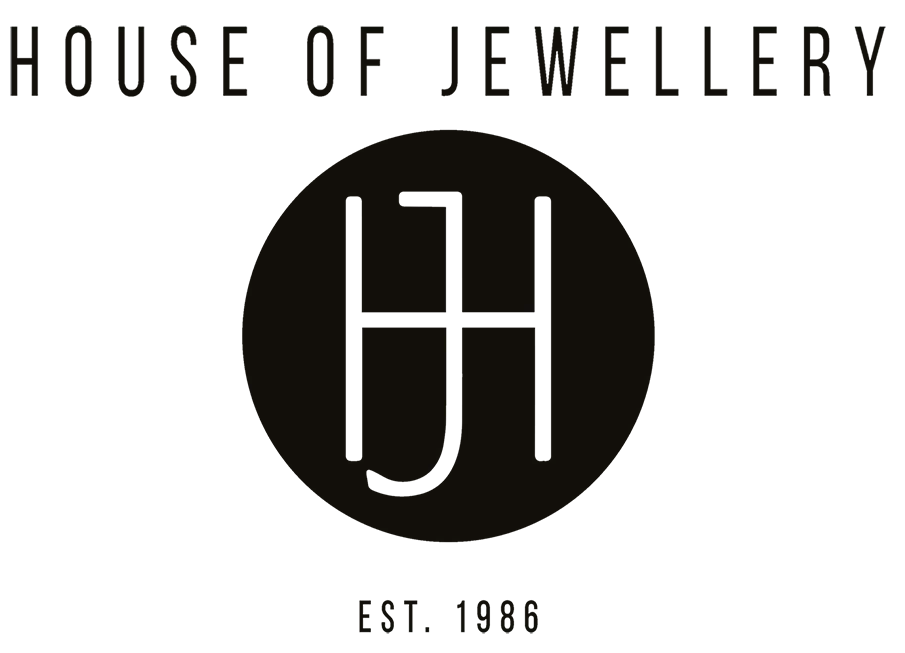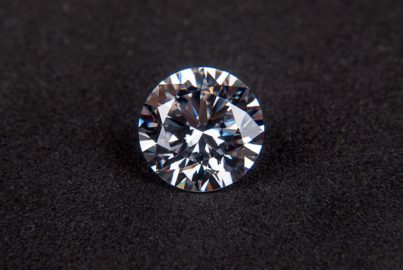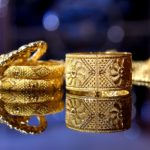Melee diamonds have been around for so long, but not many people know what they are. They’re in all kinds of jewellery, and chances are you have some pieces with them. If you’re a fan of diamonds, or you just want to know more, we’ve got the rundown for you.
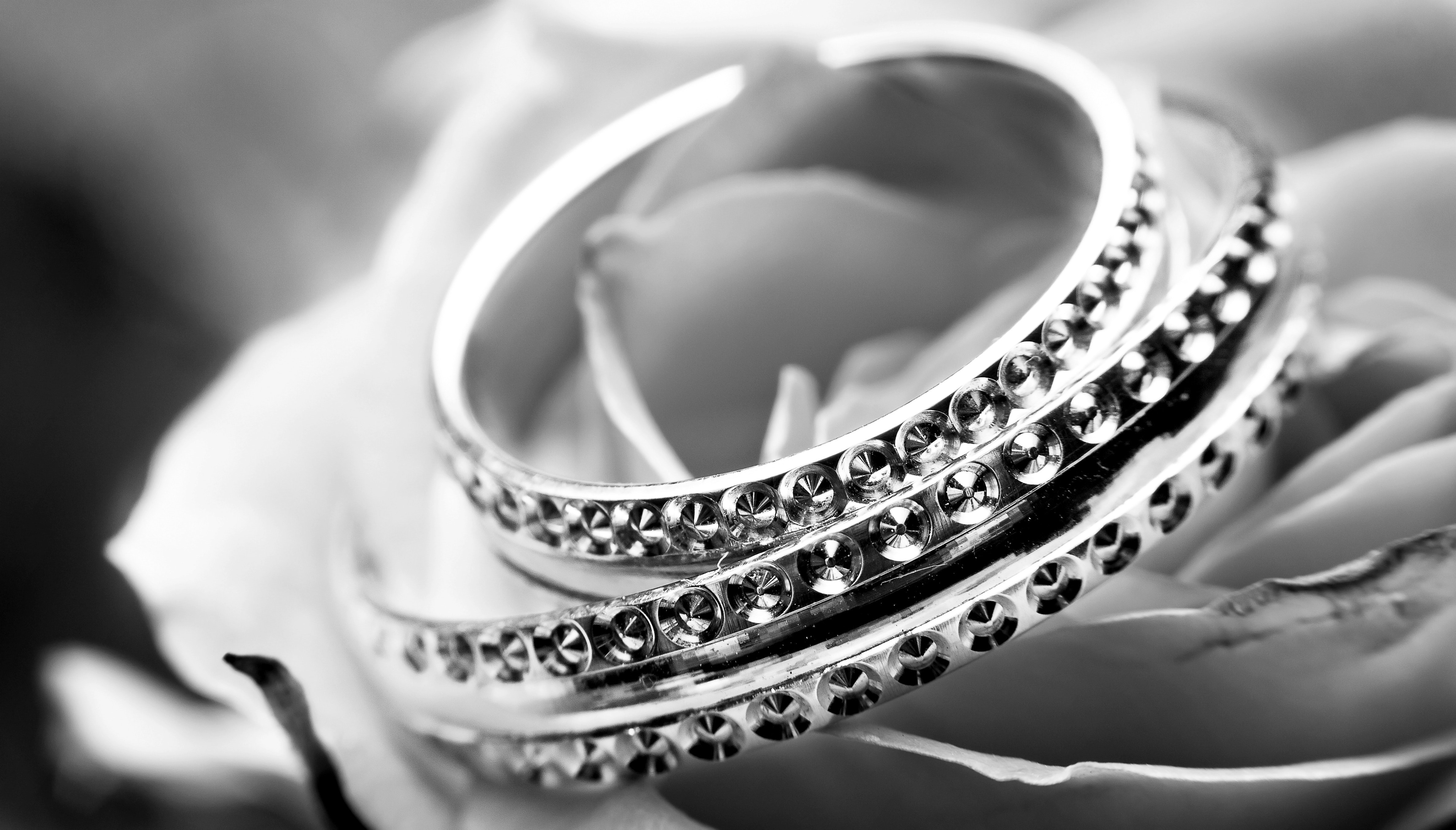
What are Melee Diamonds?
Simply put, melee diamonds are very tiny diamonds.
If you remember from the What is a Karat? article, one carat is equal to 200 milligrams. Since measurements range from 0.001 carats (1000th carat) to 0.18, you can imagine just how small these stones are. They’re classified into three different groups: small goods, melee, and course melee. Small goods are actually fully cut diamonds at 0.75 – 1.7mm, melees are 0.07 to 0.15ct, and course melees are 0.12 and 0.15ct.
Being so small, melee diamonds are more often than not sold in packages and sorted. Even though they’re sorted by clarity and colour, there is still some room for error. It isn’t economically efficient to grade each and every tiny stone. Think of the time and effort put into an average-sized diamond, then shrink it down. Add the cost of a single appraisal to all the diamonds in a pack, and you’re looking at a hefty fee.
Remember, if you do end up getting pieces with melee diamonds graded, watch out for carat weight vs. total carat weight. Carat weight only involves the larger stone while total carat weight includes all stones. This can affect the worth.
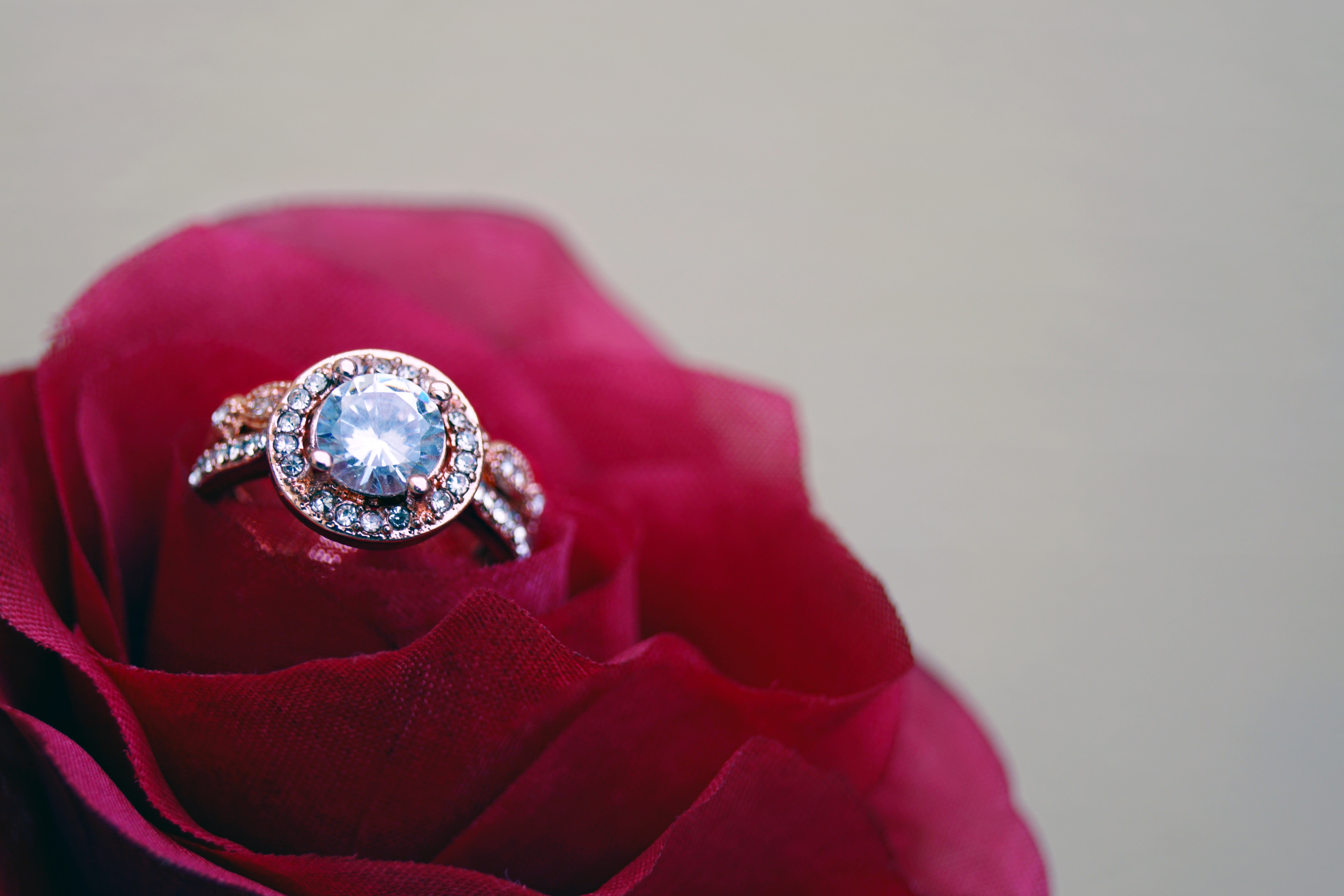
Why Are They Popular?
Smaller diamonds mean smaller prices, so naturally, that would be someone’s thought – and that’s partially true. As mentioned in our Do Millenials Want Engagement Rings post, diamonds are very expensive. Millenials are looking for alternatives to huge diamonds and off-the-shelf designs. Melees are useful in that sense; they allow for more creative designs at a smaller price.
They’re also used for repairs.

Common Use
The more common jewellery pieces that have melee diamonds are rings, watches, and broaches. As mentioned before, it’s because they can be used to make intricate designs.
Pave settings are a very popular style. By setting melee diamonds in a hexagon pattern, they cover the surface a design like a bird broach or a ball stud. There are also halos used to emphasize a larger stone. If you have a ring or a set of earrings with tiny stones surrounding the inner, larger one, it’s a halo.
V settings, shared prong settings, and bezel sets are also very common.
